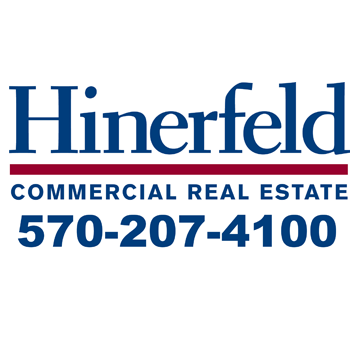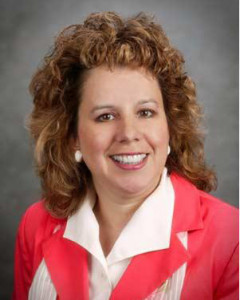Commercial Real Estate agent, Ellen M. Raineri, Ph.D., recently conducted a workshop in Hilton Head at the US Association for Small Business and Entrepreneurship (USASBE) convention. Her workshop was titled “Commercial Real Estate Analysis for Entrepreneurs.”
Because of the high failure rate of start-up companies and the significant cost entrepreneurs pay for the real estate component of their businesses, a need for commercial real estate analysis for entrepreneurs exists. First, consider the high failure rate. From a time perspective, 80-90% of new business will fail within 5 years (Benson, 1995). From a count perspective, only one in five survive (Mary, 1991).
Second, the cost of commercial real estate tends to be a high priced item. Not all start up entrepreneurs can afford to purchase a building by contributing to a hefty down payment and the associated mortgage payment. Furthermore, not all start up entrepreneurs would qualify for a mortgage.
Accordingly, many start-up entrepreneurs choose the leasing route. To examine the high costs, two examples of industrial, office, and retail property lease costs will be shared. As an example, a 3 year constant (non escalating) lease for a 50,000 sf warehouse in Philadelphia would cost $525,000 (Grubb & Ellis, 2010). One in Chicago would cost $620,000 to lease. Next, a 3 year constant (non escalating) lease for a 5,202 sf office space in Boston would cost $436,968 (NAI Hunneman, 2010). A 6,000 sf office space in Dallas, TX would cost $252,000 (Thomson Realty Group, 2010). Last, a 3 year constant (non escalating) lease for a 10,000 sf retail space in Stamford would cost $1,110,000 (Dy-Co Mgmt. Corp, 2010). A 10,000 sf retail space in Charlotte would cost $630,000 (Contessa Development, 2010). These figures do not include the cost of taxes, insurance, or utilities.
When examining reasons for start-up entrepreneurs’ failures, Solovic (2004) notes 10 common reasons. One of the reasons new businesses fail is that owners “do not have the right stuff.” Another reason that Solovic shares is that entrepreneurs understate costs. Commercial real estate analysis is not always a known topic to entrepreneurs and consequently, some entrepreneurs “do not have the right stuff” and may “understate costs” as related to commercial real estate properties.
Raineri helped workshop participants in the above two failure areas by equipping entrepreneurs with analytical skills to better evaluate leases as well as industrial, office and retail properties. Raineri’s workshop material has subsequently been shared in other states to further assist entrepreneurs with their analysis of commercial real estate.
Sources: Benson, G. (1995, April 28). Failure is the entrepreneur’s price for success. Business Press, p. 17. Retrieved November 26, 2010 from Regional Business News database. Contessa Development. (2010). Retrieved November 26, 2010 from http://www.loopnet.com/xNet/MainSite/Listing/Profile/Profile.aspx?LID=15527523&SRID=1273793074&StepID=101&LinkCode=20280. Dy-Co Mgmt. Corp. (2010). Retrieved November 26, 2010 from http://www.loopnet.com/xNet/MainSite/Listing/Profile/Profile.aspx?LID=16659820&SRID=1273781226&StepID=101&LinkCode=20280. Grubb & Ellis. (2010). Retrieved November 26, 2010 from http://www.loopnet.com/xNet/MainSite/Listing/Profile/Profile.aspx?LID=14649406&SRID=1273692258&StepID=101&LinkCode=20280. Mary, R. (1991, April 14). Your Own Account; Nurturing the Fragile Start-Up. New York Times, p. 13. Retrieved November 26, 2010 from Academic Search Premier database. Solovic, S. (2004). Ten common mistakes start-up businesses make. Women in Business, 56(3), 26-27. Retrieved November 26, 2010 from Business Source Complete database. Thomson Realty Group. (2010). Retrieved November 26, 2010 from Thomson Realty Group.






